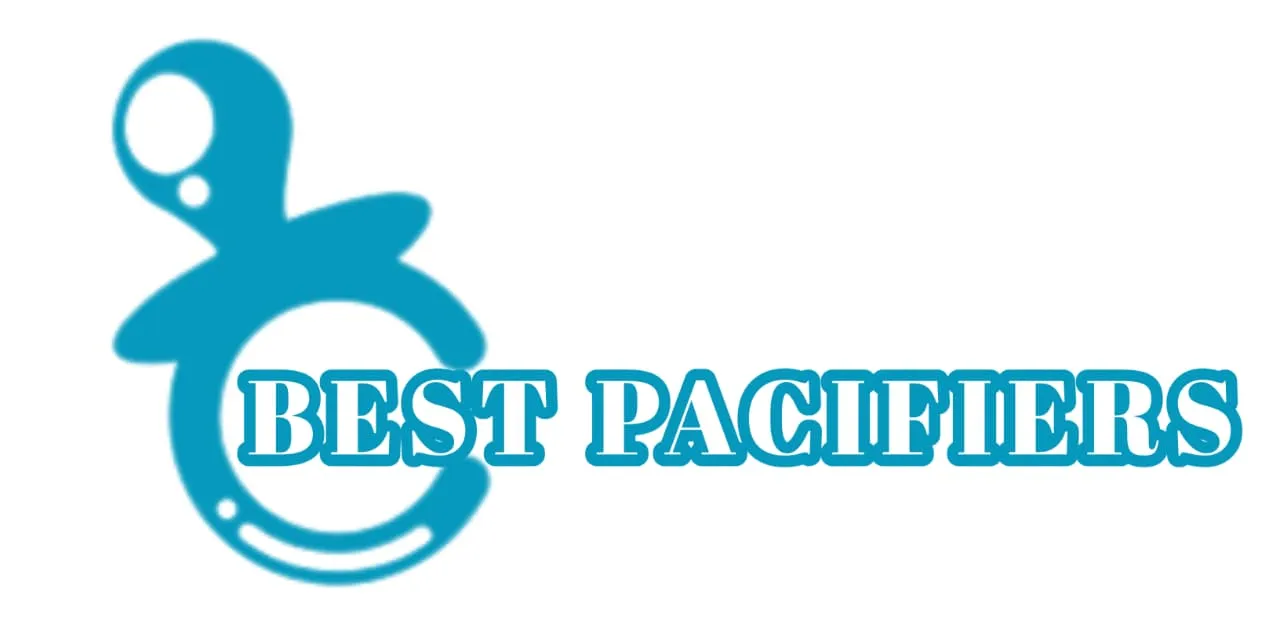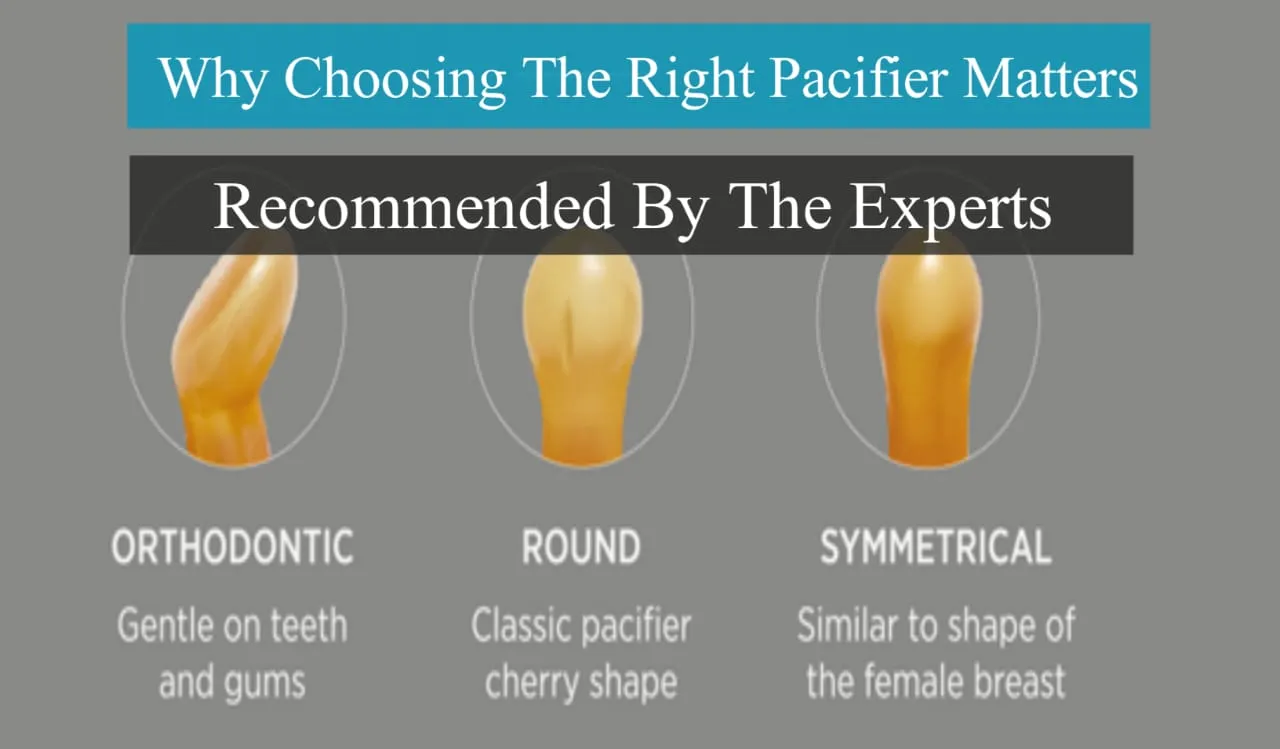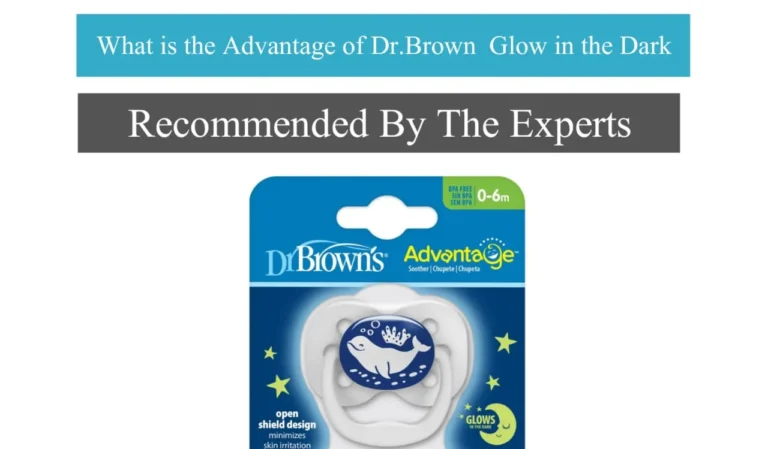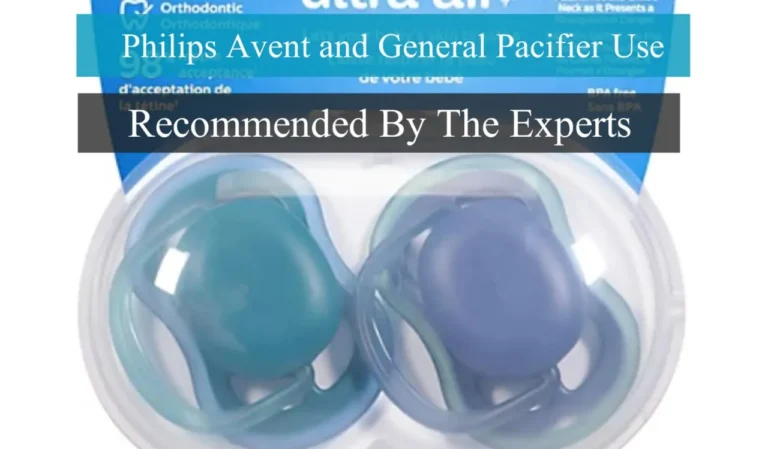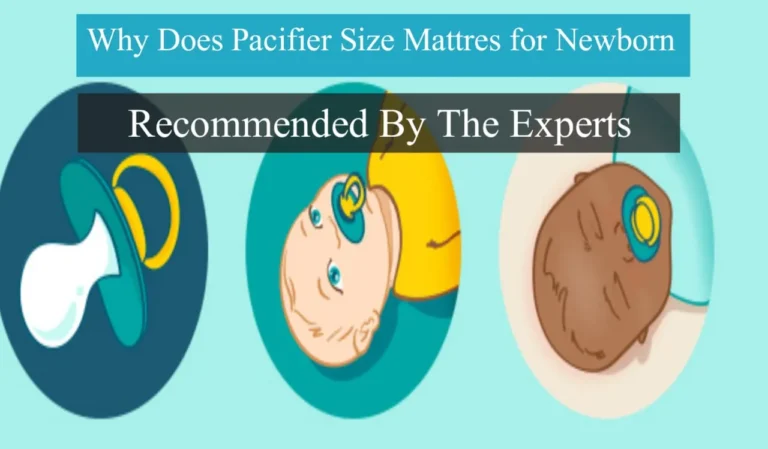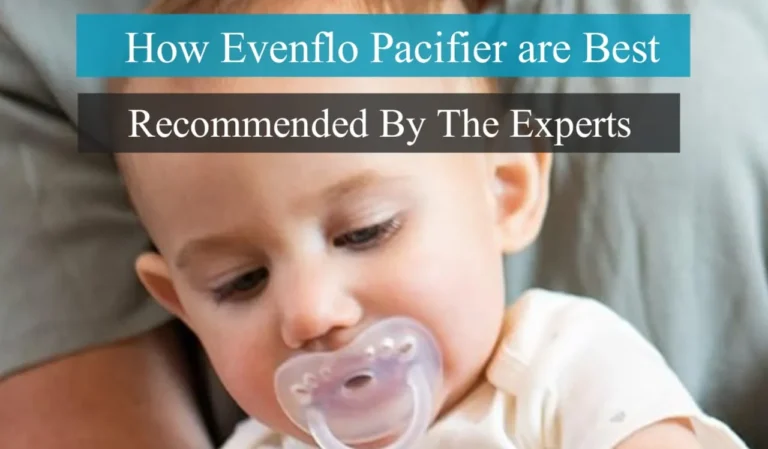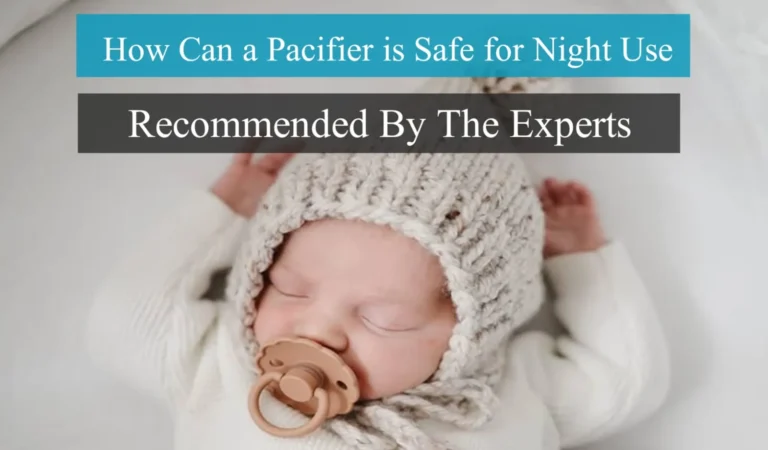Why Choosing the Right Pacifier Matters | Parent’s Guide
Discover why choosing the right pacifier matters for your baby’s comfort, oral health, and soothing needs in this helpful parent’s guide.
You as a parent are aware that when you have a baby comfort and calm are very important. Pacifier might be a mere accessory but the correct choice can have a life long effect on the comfort of your child, as well as their oral development and even health. Instead, most parents pick the first pacifier they come across on a shelf in the store and later realize that the incorrect shape, size or material may cause various issues such as fussiness, nipple mixing or tooth misalignment. This is why making an informed choice is not only convenient, but also the best way to make sure to offer the best start to your baby.
In this guide, I will take you through the reason why you need to choose a best pacifier, considerations that you need to make and how to pair the appropriate pacifier with the baby requirements. This information will make you feel sure about your choice whether you are a new parent or you just need to change the pacifier that your child is currently using.
Pacifier Comfortability of Babies
The pacifiers are made to replicate the sucking reflex which is inborn to infants. This reflex sources not only nourishment but it also provides a very significant method of self-soothing to babies. The correctly selected pacifier will be able to offer relief in naps, decrease a crying outburst, and make the babies fall asleep effortlessly. Pacifiers can also not only be a life savior on the road, but also during stressful changes many parents may find them to be.
Not so, however, are pacifiers made. The improper size may also result in discomfort and improper shape may force babies to have the problems with latching. Being a wise parent implies that you will give your child a comfortable experience without bringing unwanted troubles.
Why Pacifier Choice Affects Oral Development
Among the reasons why one should be conscious of the choice of pacifier is its effect on the oral and dental health. Orthodontists and pediatricians recommend orthodontic pacifier regularly; they are made by flattening the bottom and rounding the top of the pacifier to facilitate natural development of the mouth. These pacifiers exert less force on the immature jaw and teeth thereby minimizing the chances of misalignment.
Conversely, the conventional round pacifiers could be comfortable to other babies but cause pressure imbalances when used in the long-run. When you choose the right type at such a young age, you are not merely comforting your child, but you are also predisposing the child to a healthier dental growth when they are growing older.
The Significance of the pacifier size and the age interval
The pacifiers are not universal. They typically have newborn, 0-6 months, 6-18 months and toddler brands. A pacifier that is excessively small may pose a choking risk and an excessively large one may result in refusal and discomfort. It is the right size that will help your baby grow up with a natural development in its mouth and diminish the risks.
Parents do not pay much attention to the age tag, yet it is not a mere recommendation. It is a rule designed to fit your baby and her/his mouth structure to her sucking power. It is important to ensure that the age limitations recommended by a manufacturer are always observed before buying.
Silicone vs. Rubber Pacifiers
The pacifier material is also a considerable difference. Silicone pacifier is hard, durable and clean. They have a lower chance of absorbing odors and generally have a greater lifetime. They are more often used by many parents due to their resistance to sterilization many times.
Natural rubber pacifiers are on the other hand less rigid and more flexible. They tend to be nearer to the breast of a mother and some babies like it. They wear out more easily, however, and might not be as long lasting as silicone ones. The choice between the two would be to weigh which one comes out as more durable or comfortable and as a favorite of the baby.
Pacifiers and Breastfeeding: Breast to Breast Confusion.
To breastfeeding mothers, nipple confusion is one of the greatest fears of using pacifiers. The shapes of some pacifiers are very different as compared to the breast, and babies are more likely to fail to latch on and thus fail to keep the food in their mouths. When you are breastfeeding, find pacifiers that are in the form of the breast and feel like them.
Generally, the experts advise that a pacifier should be introduced only after breastfeeding has become regular in a baby (i.e. three to four weeks). This makes it less likely that you get confused, nevertheless, you can still have the calming effect of pacifiers.
Safety Features to Look For
The safety of the baby products is always of the first concern, and pacifiers are not an exception. The unbreakable ones are always to be sought in one-piece pacifier and this will minimize the chances of choking in case of any part becoming loose. It should also have a strong shield that has holes so that he/she does not run the risk of suffocation.
Also, painters should avoid pacifiers consisting of BPA or toxic substances. The reputable brands will obviously mention that their products are free of BPA and safe. When you check these features, you have a feeling of security that the baby is safe when in the pacifier.
Pacifiers and Sleep: Advantages and Conclusions
There has been a lot of research indicating that the use of pacifiers at the time of sleep can help in decreasing the chances of Sudden Infant Death Syndrome (SIDS). The cause is not completely known but specialists deem that pacifiers keep the airway open and the absence of deep sleep cycles that have caused breathing difficulties.
That being said, safe sleep practices are always to be used. Do not keep pacifiers on strings or clips when your baby is sleeping because this can be dangerous to them in terms of being strangled. Giving the pacifier during sleep time and naps is not harmful in most cases provided it is done with responsibility.
Weaning Off Pacifiers: Pre-Weaning
Although there are definite positive effects of pacifiers, usage of pacifiers causes difficulties with further development of the dentures and speech. The majority of pediatricians advise initiation of the weaning practice at the age of 12-18 months and the cessation of it at 2 years of age. It is possible to achieve this transition by selecting the appropriate pacifier initially.
Other parents apply gradual form of reduction, such as restricting the amount of time pacifier is used to bedtime, whereas some implement a more direct strategy. Either way you do it, being proactive regarding weaning will mean that your child will get the positives of using pacifiers without negative consequences over the long-term.
FAQ’s : why choosing the right pacifier matters
Final Thoughts
The pacifier is also a mighty device that will help calm a baby, however, only when selected thoughtfully. The right pacifier helps to create the comfort, the healthy development of the mouth, and offers tranquility to the parents. Those few things (size, shape, material and safety) will help you to make sure that your child gets the good things without the needless risks.
Just like any other baby product, one thing will suit one child and not another. It is not to say that you have to give up before you can find the best one. In the end, it is all about a happy and comforted baby and a parent who feels confident about his decision.
